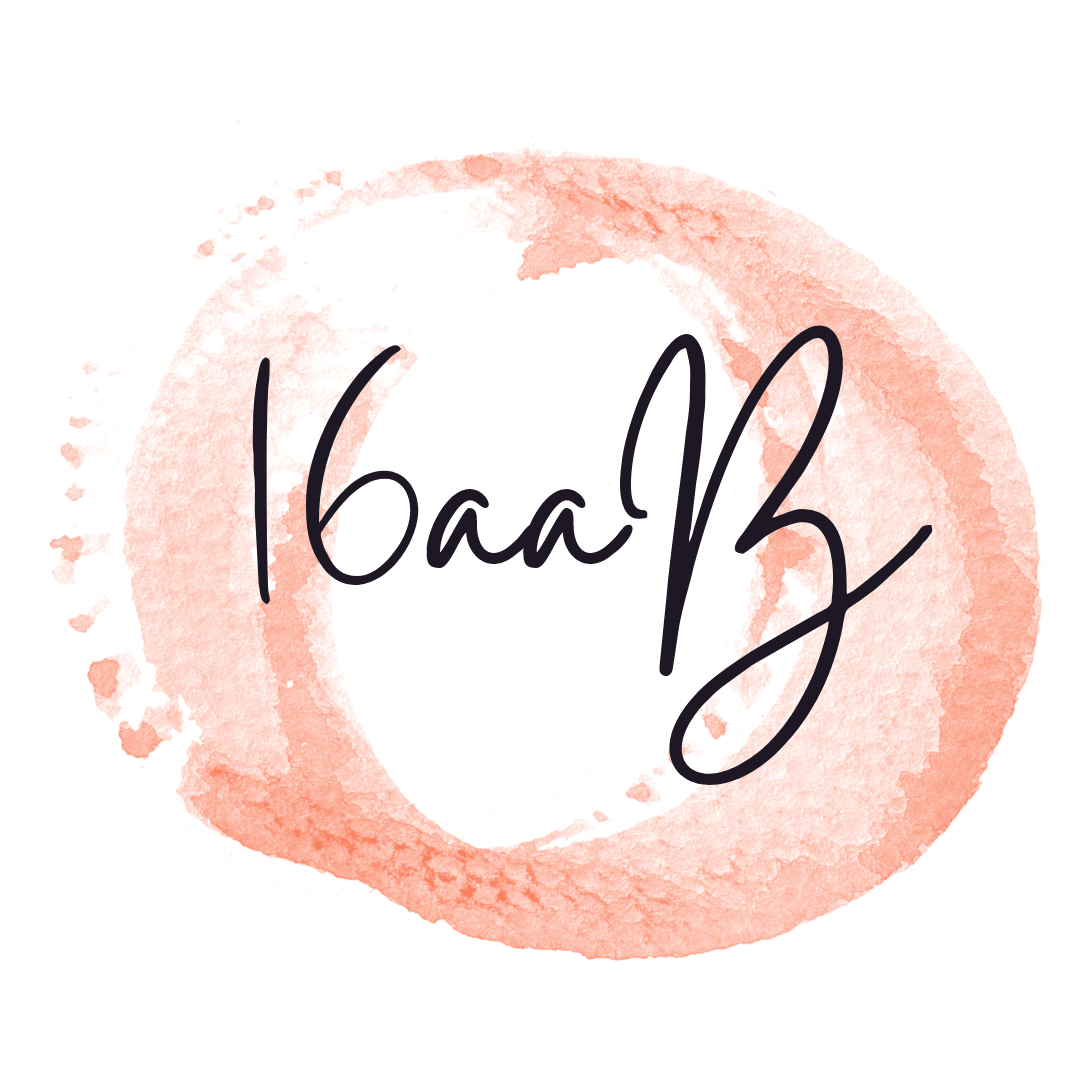Information architecture is the process of organizing information on a website. In this article, we will provide you with seven tips for creating an effective information architecture.
Define Your Good Goals
To create an effective information architecture, you need to understand your organization’s goals. What do you want visitors to find when they enter your site? Are you trying to attract new customers, educate current customers, or sell products? Once you know your goals, it’s easier to build a system that meets those needs.
Create Structure and Hierarchy
Information architecture refers to the practice of designing and managing the presentation of information to support users’ needs. Information architecture helps create structure and hierarchy, which is key in helping users find what they’re looking for. By organizing content in a logical way, it becomes easier for users to access and use information. Additionally, effective information architecture can help increase user understanding and engagement with your website or application.
Use Color to Communicate
The use of color can be used in a variety of ways to help communicate information. For example, blue might be used to represent the ocean, while green might be used to represent nature. Additionally, colors can be used to convey different emotions or moods. For example, pink might be associated with love and happiness, while orange might be associated with excitement or energy.
Use Typography to Communicate
There is no doubt that typography can communicate a message. It can be used for a variety of purposes, including to convey information, to create a mood, or simply to look nice. When it comes to information architecture, using typography can be an effective way of communicating the structure and organization of your site. By using typefaces and layout patterns that are specific to your domain, you can help visitors navigate your site quickly and easily.
Use Images to Communicate
Images are a powerful tool for communication. They can evoke emotions, convey information, and support the design of an interface. When used correctly, images can help users understand how to use your site or application.
However, images can also be misuse if they are not used correctly. For example, using an image that is too large or too small may be confusing to users. Additionally, using excessive images may slow down page load times and distract from the content on the page.
When designing a website or application, consider the types of images that will best communicate your message to users. Use thoughtfully chosen images that support your message and create an effective user experience.
Use Links to Drive Navigation
Information architecture can be used to help users find the information they need quickly and easily. For example, a website may use links to drive navigation. This means that different areas of the website have links that lead to other areas of the website.
Test and Iterate!
When it comes to information architecture, it is important to test and iterate. This means that you should continually test different designs and see what works best for your users. If you find that a certain design is not working well, try changing it as a senior tech.
Be Consistent
When designing a website or application, be sure to use consistent images and design throughout the site or application. This will help users understand how to use the site or application and make navigation easier.
Think About How Users Will Use the Site or Application
When designing a website or application, think about how users will use it. For example, if you are designing a website for students, consider how students will use the website. This may include considering things like screen size and mobile device compatibility.
Conclusion
Creating an effective information architecture can be difficult, but it is worth the effort. By following these tips, you can create a website that is easy to navigate and user-friendly.


